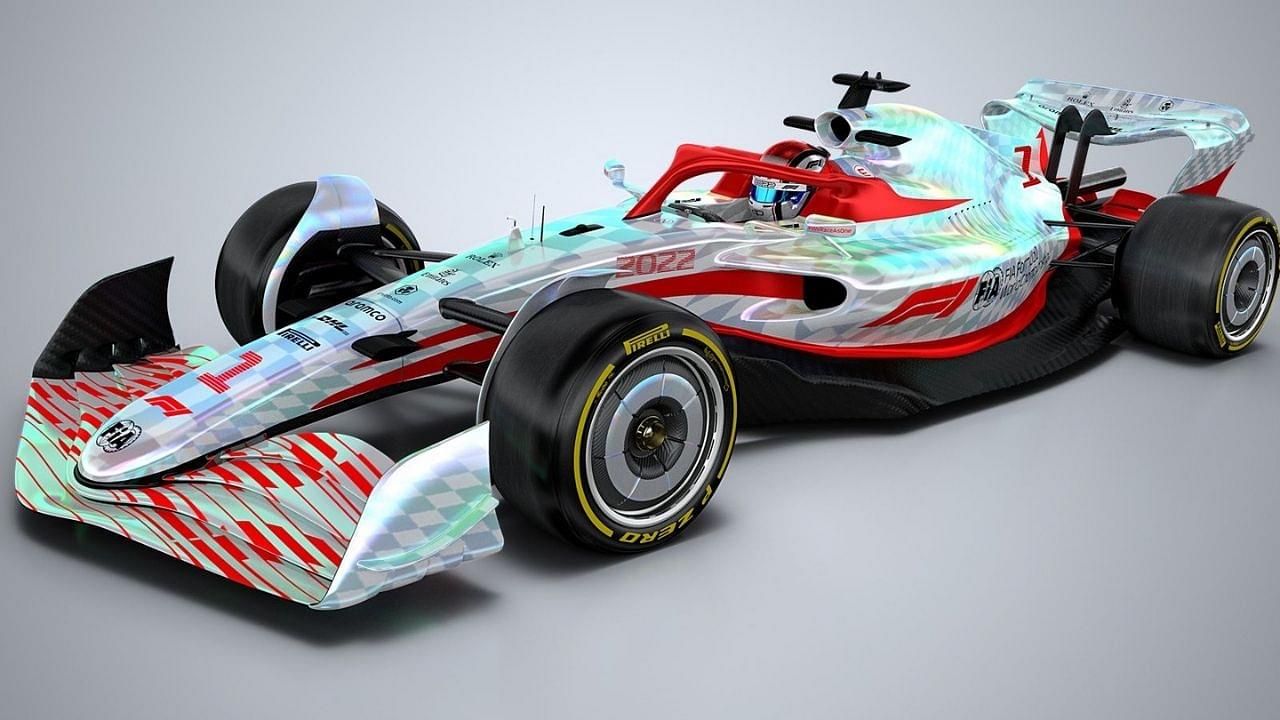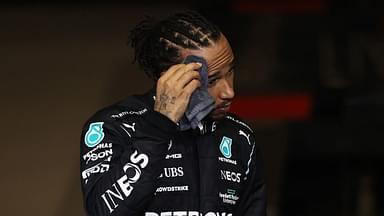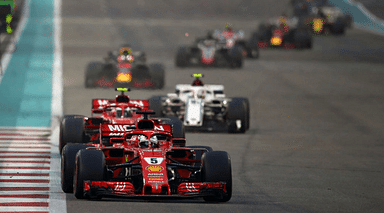Drawing parallels to The Joker, who created chaos in Gotham but is still adored by audiences around the world, the F1 cars of the 2017-2021 era failed to solve the regulation problems but will be much missed by fans as the sport enters a new generation in 2022
2017 to 2021 era featured one of the biggest regulation shake-ups since the introduction of hybrid turbo power units in 2014. That time bodywork and tires were the centers of attention, with both getting wider in order to boost downforce and grip, making the cars both faster and physically harder to drive.
Let’s look at the Regulation changes throughout 2017 up until 2021 –
2017 Major Regulation Changes:
- Tires were 25% wider than in 2016, with the rear width increasing from 325mm to 405, and the front width increasing from 245mm to 305mm.
- The front wing span has been enlarged from 1650 to 1800 millimeters. It’s also worth noting that the car’s total width was increased from 1800 to 2000mm resulting into more aero components and faster speed.
- The rear wing’s maximum height was decreased to 800mm, down from 950mm previously. Meanwhile, thanks to increased height (from 125mm to 175mm) and width (from 1000mm to 1050mm), the diffuser became more powerful.
Changes in a 2019 season:
- After the introduction of life-saving Halo in 2018, the next season saw the front wing getting simplified, 200 mm (7.9 in) wider, 20 mm (0.79 in) higher, and moved 25 mm (0.98 in) further forward.
- The rear wing was made 100 mm (3.9 in) wider and 20 mm (0.79 in) higher, with a 20 mm (0.79 in) larger DRS opening to improve DRS, reduce dirty air and promote more overtaking.
Also Read: “It’s not over yet!”: Red Bull and Honda will continue working with each other until at least 2025
Minor Changes in 2021:
Along with the floor adjustments, the rear brake duct winglets were also altered. The lower half of the ducts were decreased in length by 40mm to 80mm, while the top winglets will remain at 120mm.
These small winglets were extremely efficient and critical in producing downforce that is delivered directly to the wheels.
How did the regulations created the Fastest cars in the history of the sport?
The aim of the rule changes was faster, more aggressive-looking cars that are harder to drive and that offer the chance for other teams to close the gap to Mercedes.
The focus has been on shifting design emphasis from engine to aero, a “chassis formula” that features wider cars, boasting more downforce, supplemented by greater mechanical grip from wider, more durable Pirelli rubber.
Secondly, the 2017-2021 generations of cars produced the fastest F1 official Laptimes at 28 race tracks using the current configuration.
How the Supervillain “Fasted F1 vehicles ever” caused more issues than they solved:
The regulation changes from 2017 up until 2021 fixed problems of fast aggressive cars, reducing the laptimes by over 3 seconds. However, it failed with the fundamental problems:
- Difficulties of Overtaking without DRS – Drivers faced challenge of overtaking the fellow leaders without the reliance of Drag Reduction System (DRS). It was well predicted with the help of AWS striking distance that in how many laps can a car behind overtake with the assistance of DRS in place.
- Quality of Racing – The regulations’ primary goal was to allow other teams to reduce the gap on the dominant Mercedes. It actually widened the gap between all of the teams. The back end, the midfield, and the title contenders were all sorted into three groups. As a result, instead of trying for more and fighting Mercedes for the constructors championship, the teams established reasonable goals.
- Predictibility – It became clear which squad would be vying for the constructor championship and which would finish last in the pecking order right after the start of the season. It was quite unrealistic for Haas to actually compete with Mercedes for the championship due to the budget and resources. However, 2021 regulations did bring out the budget cap to make playing field even for the future.
We are now going in new era of Formula 1, with massive changes to the regulations and it remains to see how the 2022 cars will compare to the fan favorite supervillains of last generations.






